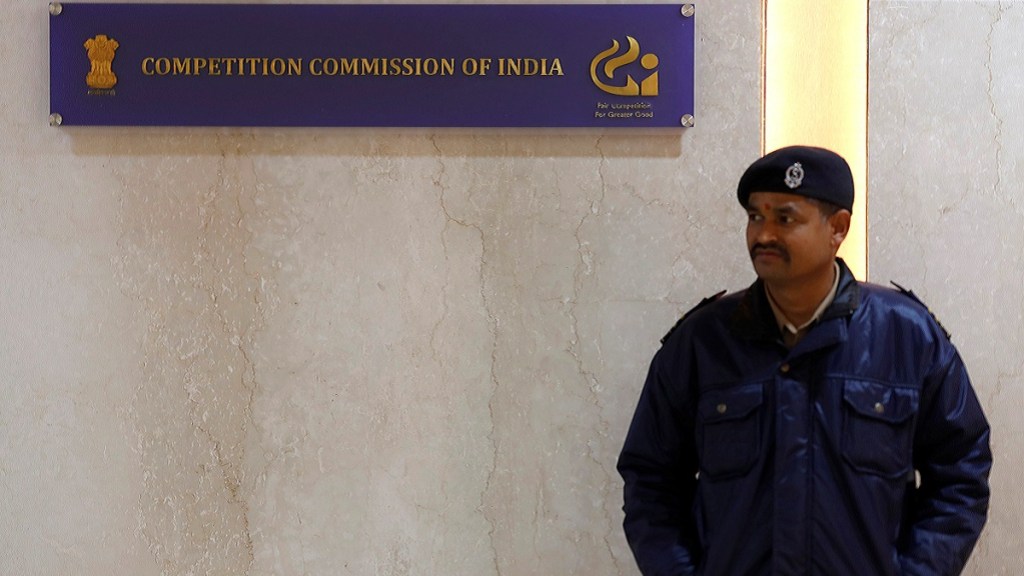– By Samir Gandhi & Shruti Aji Murali
A little over a decade after it was first enforced, Indian competition law is on the cusp of a significant change. After deliberations spanning the last four years, the Competition (Amendment) Act, 2023 was passed by the Lok Sabha on 29 March 2023. The amendments will considerably strengthen the market watchdog, the Competition Commission of India (CCI) and it is hoped that these changes will “future proof” the law, to deal with a rapidly growing and changing economy.
Part of the reason for the amendments’ in-depth review is the wide-ranging effect of the proposed changes on India’s economy. Deliberation began in 2019 with the expert Competition Law Review Committee (CLRC) and culminated in the review of the Standing Committee of Finance in December 2022. This lengthy process reflects the broad-based public consultation and extensive debate that have gone into the formulation of the amendments.
The amendments include three most noteworthy changes that will considerably strengthen the Indian competition law regime and equip it for the future.
Commitments & settlements
The first and possibly the most significant change is the introduction of a voluntary redressal system of settlements and commitments. Companies facing CCI investigations would now be able to offer solutions to the regulator – in exchange, the CCI would drop its investigation. This is a win-win all around, since it would significantly reduce the CCI’s regulatory burden, but also gives parties greater certainty and reduces the cost of extended litigation. Importantly, consumers benefit from a more competitive marketplace – since the remedies agreed between the CCI and the parties will have addressed any adverse market impact the CCI perceives.
Spotting killer acquisitions
The second significant change involves strengthening the CCI’s hand to intervene in M&A transactions which may seem financially insignificant, but could have a disproportionate impact on the market.
Currently, the CCI reviews only those transactions where the acquirers and targets exceed a specified asset or turnover threshold. However, M&A in the tech and pharma space is sometimes used by incumbents to acquire innovative new entrants who may be potential future competitors (often called “killer acquisitions”). Here, although the target’s asset or turnover value is not very large, the deal itself may be very high value – which could be an indication that the target may have an impact on competitive dynamics in the market.
The amendments introducing a “deal value threshold” will allow the CCI to review such acquisitions, where the deal value is higher than Rs 2000 crores. To ensure that the CCI is not stuck reviewing transactions that have little to do with India, the amendments include a guardrail which requires the target to have “substantial business operations” in India. Nevertheless, a deal-value threshold would likely bring the steady stream of investments into India’s startups under the CCI’s review.
The CCI is required to frame regulations that will clarify how this new requirement will work in practice – it is crucial that these provide greater clarity on key aspects such as how deal value will be computed and when the CCI considers the local nexus requirement to be met. The CCI’s approach will have a significant knock-on impact on India’s appeal as an investment destination.
The carrot meets the stick
The third notable change that will make the CCI a more effective regulator is the strengthening of its enforcement powers in various ways. The amendments propose to enhance the CCI’s deterrent power by allowing it to compute penalties on a company’s global turnover from all its businesses (rather than “relevant” turnover – the current standard). While the amendments require that the CCI must issue guidelines that explain the exact parameters it will use to compute these potentially eye-watering penalties, this change has been criticised by many as being disproportionate.
Other hits and misses
The amendments also introduce several other “fixes” by streamlining and tweaking existing processes. It attempts to address protracted investigation timelines by folding the office of the Director General (DG) – tasked with fact-finding – into the CCI. While this might seem like a mere administrative reshuffle, it could also weaken an important institutional separation between the investigator and the adjudicator.
For all the new ground covered, the amendments are also notable for some unaddressed issues. The amendments do not include any requirement to appoint a judicially trained member to the CCI. This is despite protracted litigation on this issue, and recommended by both the CLRC and the Parliamentary Standing Committee. Another notable omission is a mandate that the CCI must evaluate the “effect” of a dominant company’s conduct before deeming it to be anti-competitive – despite the Standing Committee’s recommendation.
India has a fast growing economy and a rapidly changing marketplace increasingly reliant on technology and the proposed amendments will provide a much needed regulatory reboot. Once enacted, the focus will shift to how these ambitious changes are implemented through the CCI’s regulations, guidelines and decisional practice. In doing so, the CCI has a unique opportunity to achieve economic growth and protect competitive markets, through sensible and effective regulation.
(Samir R Gandhi is Partner at Axiom5, and Shruti Aji Murali is the Counsel at Axiom5. Views expressed are the authors’ own.)
